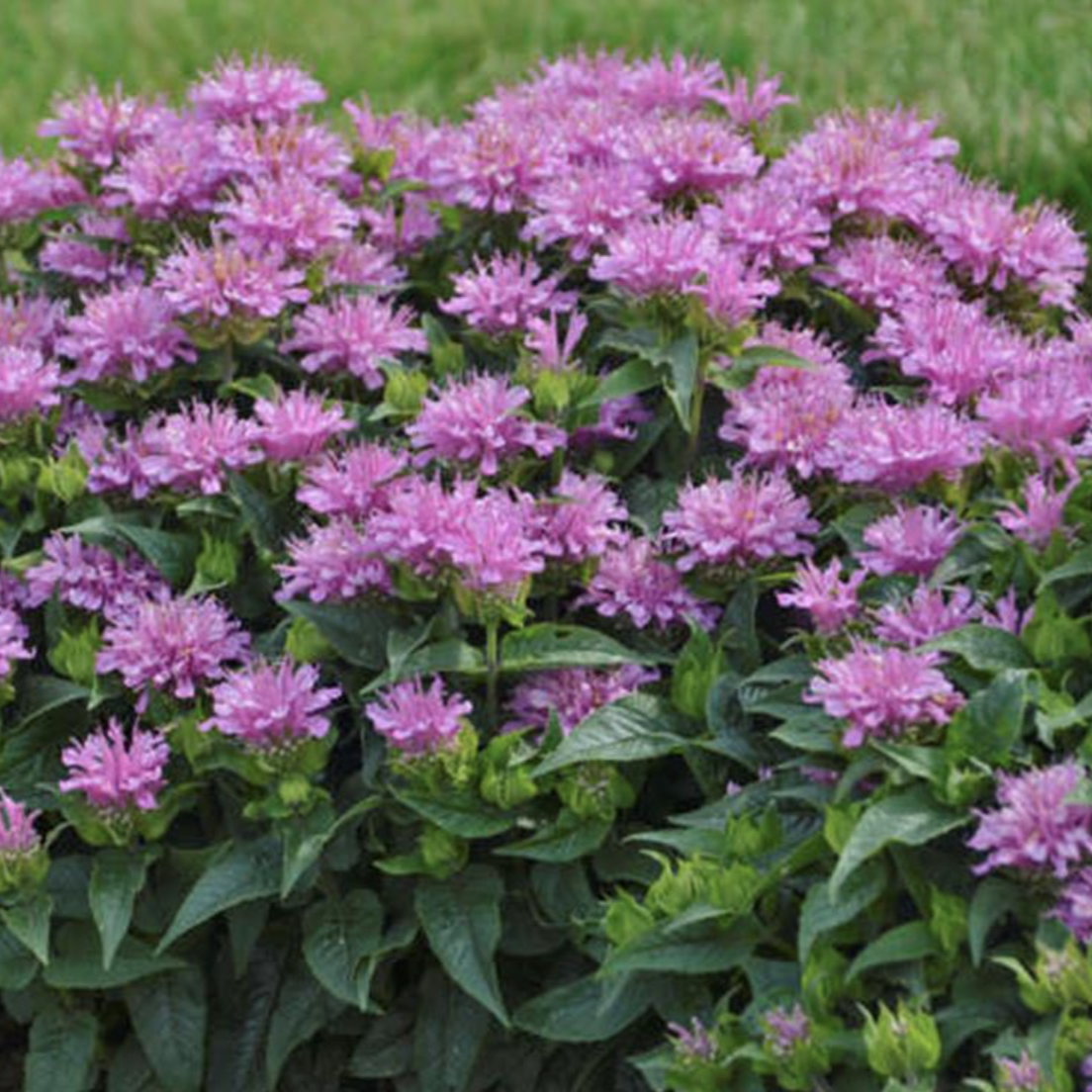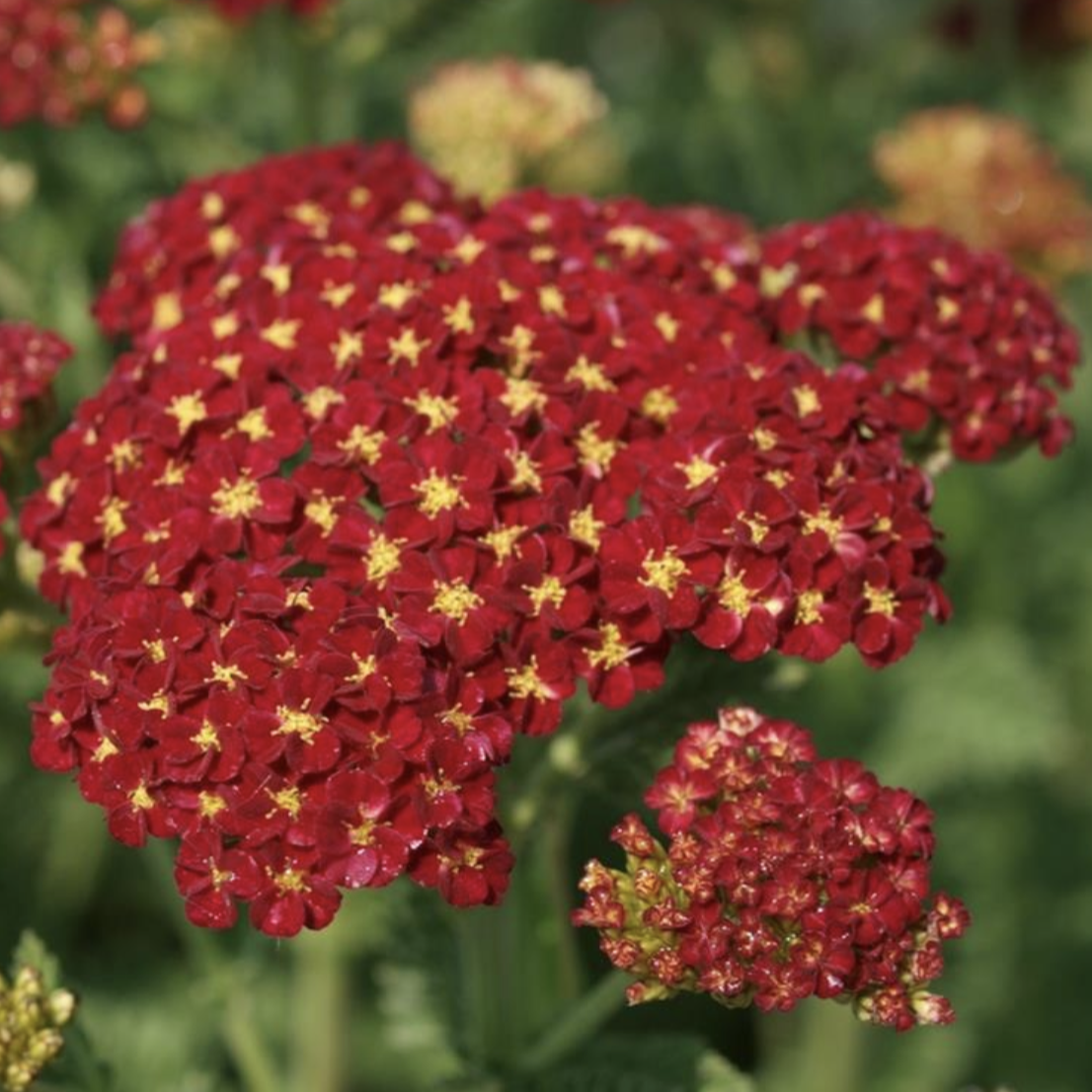

Not only do these plants soak in the sun, but they are cold-hardy in our local zone, display beautiful color, and bloom the majority of our growing season. Talk about a perennial class act! Which of these would you like to mix and match for year-round color in your garden?
 Coreopsis
Coreopsis
This long bloomer does well in sunny borders. It is low-maintenance with more than 80 species! Coreopsis grows in upright clumps and features bright, showy, daisy-like flowers throughout the summer. Prolong the bloom season by deadheading. Bees and butterflies will love this bright addition to the garden!
Pictured: Uptick Gold and Bronze Coreopsis
 Monarda
Monarda
Another charmer that absolutely thrives in sunny locations. It grows from two to four feet tall depending on the variety. Bee balm is fairly easy as long as you keep the soil moist. It is loved by butterflies and bees. To keep it contained, try dividing the roots in either spring or fall.
Pictured: Pardon My Lavender Bee Balm
 Phlox
Phlox
An easy-to-grow perennial that comes in two forms, Garden Phlox and Creeping Phlox. Both varieties enjoy full sun and both varieties also attract pollinators. Garden Phlox blooms in mid-summer and forms large flower clusters with a pleasant fragrance. Make sure you deadhead to encourage rebloom.
Pictured: Laura Garden Phlox
 Salvia
Salvia
A summer garden fave, Salvia loves the sun and is beloved by hummingbirds, bees, and butterflies. Salvia forms flower spikes and it comes in a variety of colors. Flowers are long-blooming and dense through the plant. Make sure you cut back after flowering to promote rebloom later in summer.
Pictured: Violet Riot Salvia
 Yarrow
Yarrow
Find a sunny spot in your landscape for this beaut. It produces an abundance of daisy-like flower clusters and is attractive to bees and butterflies. Yarrow has a long blooming period throughout the summer that often continues into fall. Its flowers are excellent for cutting.
Pictured: Strawberry Seduction Yarrow
Hinsdale Nurseries is happy to help you find the perfect perennial for your landscape. Stop into the nursery and let’s dig in!
Connect with Us!
630-323-1411
7200 S. Madison St.
Willowbrook, IL
Blog: https://hinsdalenurseries.com/blog
Facebook: https://www.facebook.com/HinsdaleNursery
Pinterest: https://www.pinterest.com/hinsdalenursery/
Twitter: www.twitter.com/HinsdaleNursery
Instagram: www.instagram.com/Hinsdale_Nurseries/
YouTube: https://www.youtube.com/channel/UC5GUOu9abCvL9ZDNJBSunrA
Website: https://hinsdalenurseries.com/


